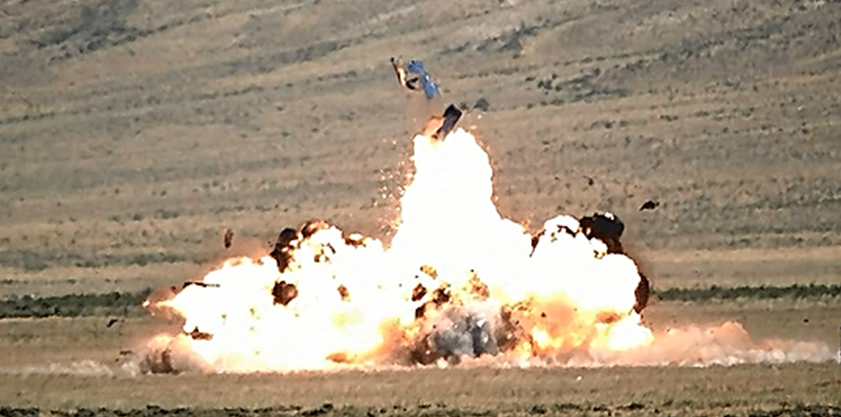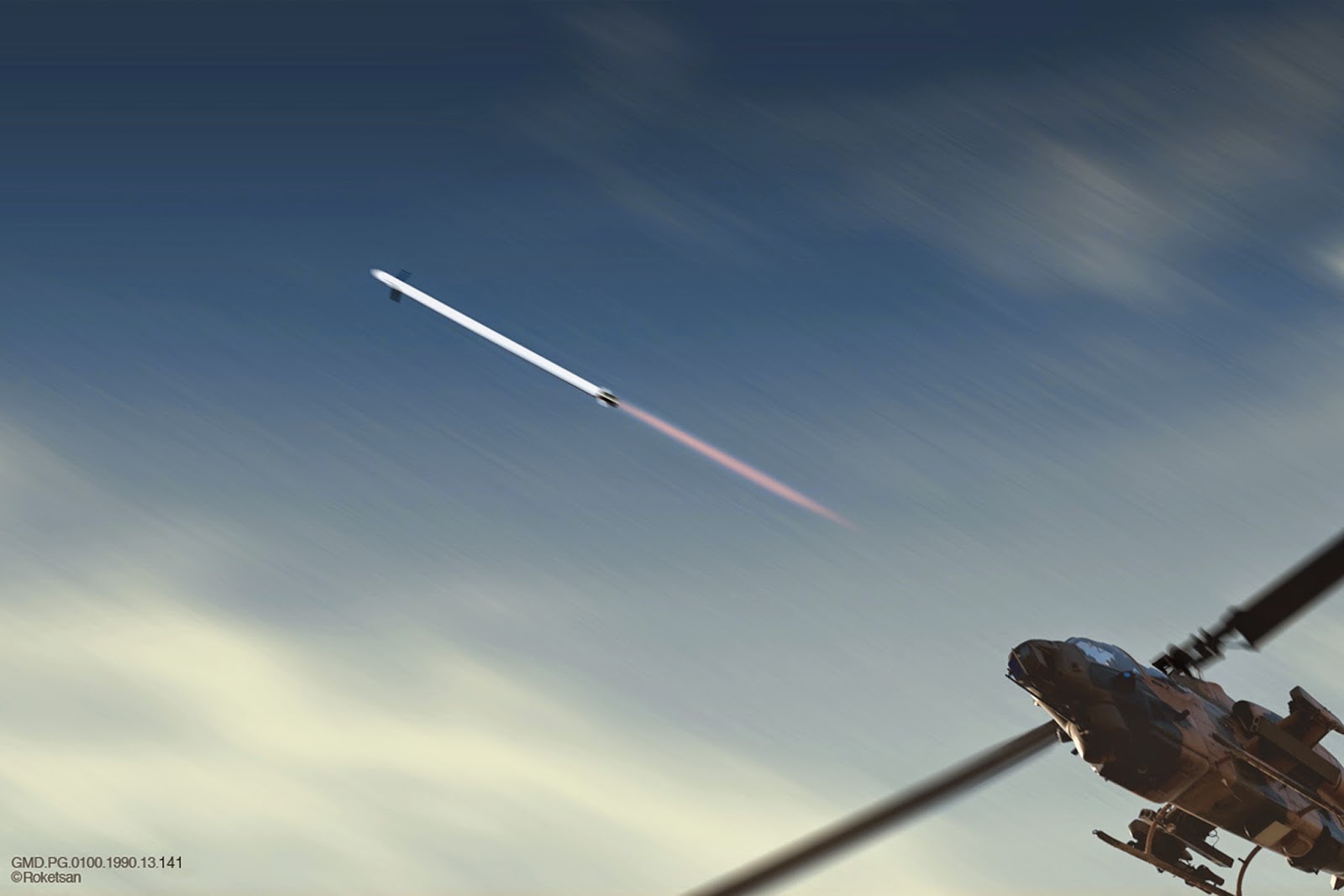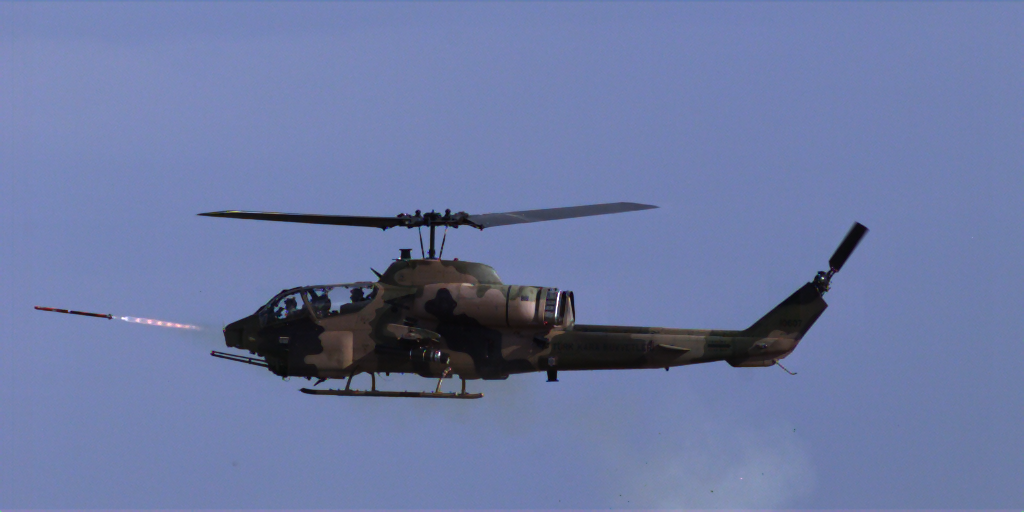The message from the leadership of US Army Aviation at Quad-A (this year labeled the Army Aviation Missions Solutions Summit, Nashville, TN, 4-6 May 2014) that it was time to think beyond the swathing cuts required by sequestration and move onto the challenge of not allowing the Army to lose its morale, skills and combat edge gained over a decade of tough overseas conflict.
High on the minds of leaders was the challenge of keeping their soldiers motivated and engaged when the force returns to home-base from Afghanistan. The Quad-A delegates (always a good mix of serving soldiers, industry representatives and retired veterans) were reminded on more than one occasion that they had the best and newest helicopters that money could buy, that the Army was divesting those legacy ones that weren’t up today’s standard, and that despite sequestration aviation’s slice of the Army budget was in fact increasing to over a quarter (close to 27%).
“
Our strategic focus is on resources and where they will matter most,” said
Hon Heidi Shyu, Assistant Secretary of the Army (Acquisition, Logistics and Technology). She said that historically defence budgets always declined after years of war, although this time the end of a war coincides with government having to enacting sequestration to cut spending.
Shyu admitted that significant cuts to defence spending was going to be a factor that would impact the military for the next few years and although aviation was recognised as a critical enabler for the Army, it too was being resized in line with the rest of the force.
“
We are not starting programs that we can’t afford to finish,” was the message with regard to the government’s attitude to research and development (R&D) projects. This included the Armed Aerial Scout (AAS) which is on indefinite hold although the Army insists there is still a role to be fulfilled somewhere down the line. How long this belief will stand the test of time as the APACHE AH-64E GUARDIANs and the unmanned aerial systems (UAS) push forward their reconnaissance role to fill the OH-58D departure remains to be seen.
Where money would continue to be spend, said Shyu, was on several individual science and technology (S&T) programmes that were central to extracting better value and safer operation from the existing aviation fleet. This included the ongoing development of the Improved Turbine Engine Program (ITEP); the Joint Air Ground Missile (JAGM) system; the aircrew integrated helmet (including laser eye-protection) and a communication enhance and protection system; and the investment in the Joint Multi Role (JMR) helicopter which would lead into Future Vertical Lift (FVL) medium - the replacement of all APACHE
and BLACK HAWK helicopters around 2035. Also important she said, were the multi-year acquisition programs that benefited both the military and industry in that both new what they were getting within a specific period, which helped to cut the overall cost of acquisition.
Brigadier General Michael Lundy, who recently took command at the US Army’s Aviation Centre of Excellence (USAACE), Ft Rucker Al, said that he was looking for opportunities that would “
continue to make Army aviation the most decisive component in land warfare.” in that, he explained, there was a need to return to some core competencies that had been lost over the last decade.
The future was going to be dynamic, he said. “
We have to move away from a CONUS based army….and learn to operate in smaller units, moving away from task force operations.” He stressed that the interdependence learned by operating with multinational partners and special operations forces (SOF) must not be lost because of lock of budget.
“
The Army may be getting smaller but requirements are going up,” he confirmed. As a leader steeped in training and its value, he underscored the value of training and leadership. He too expanded on the challenge of reinvigorating home station training. “
We need to drive better training management….(and)
we are lagging a bit on integration,” he pointed out.
He challenged army leaders and industry to keep improving realism and the ability to share training and collaborate in training methods. While virtual gaming technology could contribute significantly he pushed for increased flexibility and reduced complexity: “
we need to focus on the art rather than the science.”
For his part he saw the need to restructure flight school at Ft Rucker, not least because of the capability that the Airbus Helicopter UH-72A LAKOTAs would deliver with their twin engines and glass cockpits: “
We will restructure flight school to bring back basic combat and defence combat skills because we wont spend so much time transitioning between aircraft. A move into advanced aircraft means that we can focus more on the war fighting skills.”
Another potential problem he foresaw was the physical difficulty of restructuring the fleet geographically: As we go through ARI we must ensure that as we move aircraft around, we don’t have a significant drop in readiness. We will be working closely with both the National Guard and the Active Component and the PEO Aviation (BG Bob Marion). There will need to be a lot of synchronisation and we don’t know what will happen operationally in 2015-16.”
LTG James Barclay, deputy chief of staff, G-8, said he didn’t want to always be the “doom and gloom” guy but numbers would fall to 490,000 soldiers by the end of 2015 and further to 450,00 fby the end of 2017. Should no solution be found to the budget dilemma that it was possible that the army could further be reduced to 420,000 by the end of 2019. But he warned that “significant challenges” lay ahead, particularly between FY16-18: “
We will struggle to maintain the balance between our readiness, our manning and our modernisation programmes.”
Industry Shows Its Hand
John Garrison, Bell Helicopter’s President and CEO was the only major helicopter OEM head to brief the press at Quad-A. Justifiably proud of Bell’s display on the exhibition floor of a full size V-280 VALOR, its entrant for the Joint Multi Role competition, Garrison stressed how the project addressed cost and complexity issues through to the experience gained over three generations of tiltrotor production.
Garrison said that it had been a challenging year which had included labour disruption and unavoidable lay-offs. Even with the loss of the OH-58 and TH-57 fleets from US Army Aviation, Bell could still count on the ongoing US Marine Corps need for MV-22Bs and AH-1Z COBRAs. He added that discussions of what to do with all the aircraft being divested from the Army ranks had still to be fully thought through, although there was a potential for Foreign Military Sales (FMS) under the right conditions.
AVX Aircraft’s President and Chief Engineer Troy Gaffey was optimistic that his company would still be involved in the JMR program whatever the result of the downselect this summer of two from four options (the others being Bell’s V-280; Boeing/Sikorsky’s SB-1 Defiant and Karem’s TR36TD optimum speed tiltrotor demonstrator). Gaffey envisaged five scenarios but believed that the company’s continuing input into the JMR project would be found to be invaluable whatever the result of the down-select decision.
Other announcements during Quad-A included Lockheed Martin revealing a $80.6 million contact for its Modernised Target Acquisition Designation Sight/Pilot Night Vision Sensor (M-TADS/PNVS).
Director Matt Hoffman said that the Lot 9 contract was broken down between the US Army, who required eight of the 17 M-TADS/PVNS, with the remaining nine being supplied through FMS the Indonesian Army’s new buy Boeing AH-64E APACHEs.
Col. Steven Van Riper, U.S. Army APACHE Sensors Product Manager, said that the latest version of the M-TADS-/PNVS represented a “
quantum leap” in the performance of the system.
Northrop Grumman was celebrating the completion of its first year of a relationship with Vinnell Arabia to support flight training for pilots belonging to the Saudi Arabian Ministry of National Guard (MNG). With a need for continuity training before new buy aircraft were delivered, Vinnell has been ensuring the pilots and pilots-in command retain their air skills by flying 12 new MD530Fs under the instruction of Vinnell’s training team.
Andrew Drwiega
















